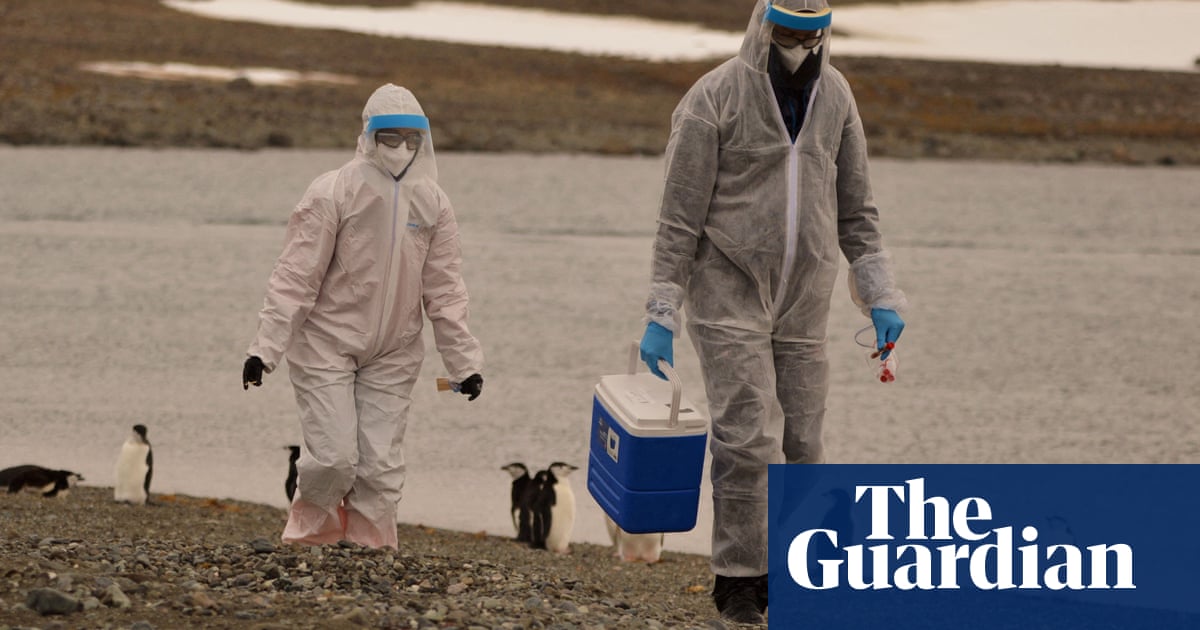The World Health Organization has raised concerns about the spread of H5N1 bird flu, which has an “extraordinarily high” mortality rate in humans.
An outbreak that began in 2020 has led to the deaths or killing of tens of millions of poultry. Most recently, the spread of the virus within several mammal species, including in domestic cattle in the US, has increased the risk of spillover to humans, the WHO said.
“This remains I think an enormous concern,” the UN health agency’s chief scientist, Jeremy Farrar, told reporters in Geneva.
Cows and goats joined the list of species affected last month – a surprising development for experts because they were not thought susceptible to this type of influenza. US authorities reported this month that a person in Texas was recovering from bird flu after being exposed to dairy cattle, with 16 herds across six states infected apparently after exposure to wild birds.
The A(H5N1) variant has become “a global zoonotic animal pandemic”, Farrar said.
“The great concern of course is that in … infecting ducks and chickens and then increasingly mammals, that virus now evolves and develops the ability to infect humans and then critically the ability to go from human to human,” he added.
So far, there is no evidence that H5N1 is spreading between humans. But in the hundreds of cases where humans have been infected through contact with animals over the past 20 years, “the mortality rate is extraordinarily high”, Farrar said, because humans have no natural immunity to the virus.
From 2003 to 2024, 889 cases and 463 deaths caused by H5N1 have been reported worldwide from 23 countries, according to the WHO, putting the case fatality rate at 52%.
The recent US case of human infection after contact with an infected mammal highlights the increased risk. When “you come into the mammalian population, then you’re getting closer to humans”, Farrar said, warning that “this virus is just looking for new, novel hosts”.
Farrar called for increased monitoring, saying it was “very important understanding how many human infections are happening … because that’s where adaptation [of the virus] will happen”.
“It’s a tragic thing to say, but if I get infected with H5N1 and I die, that’s the end of it,” he said. “If I go around the community and I spread it to somebody else then you start the cycle.”
He said efforts were under way towards the development of vaccines and therapeutics for H5N1, and stressed the need to ensure that regional and national health authorities around the world had the capacity to diagnose the virus.
This was being done so that “if H5N1 did come across to humans, with human-to-human transmission”, the world would be “in a position to immediately respond”, Farrar said, calling for equitable access to vaccines, therapeutics and diagnostics.

Rachel Carter is a health and wellness expert dedicated to helping readers lead healthier lives. With a background in nutrition, she offers evidence-based advice on fitness, nutrition, and mental well-being.







